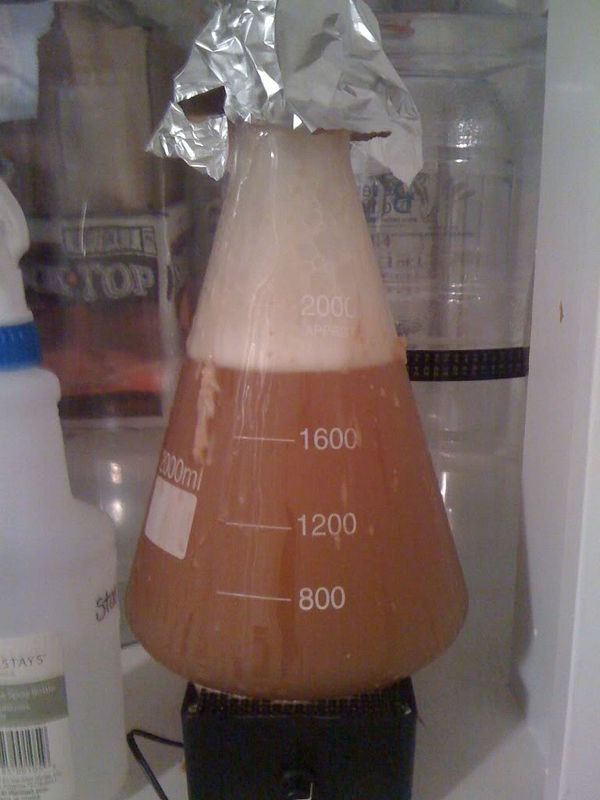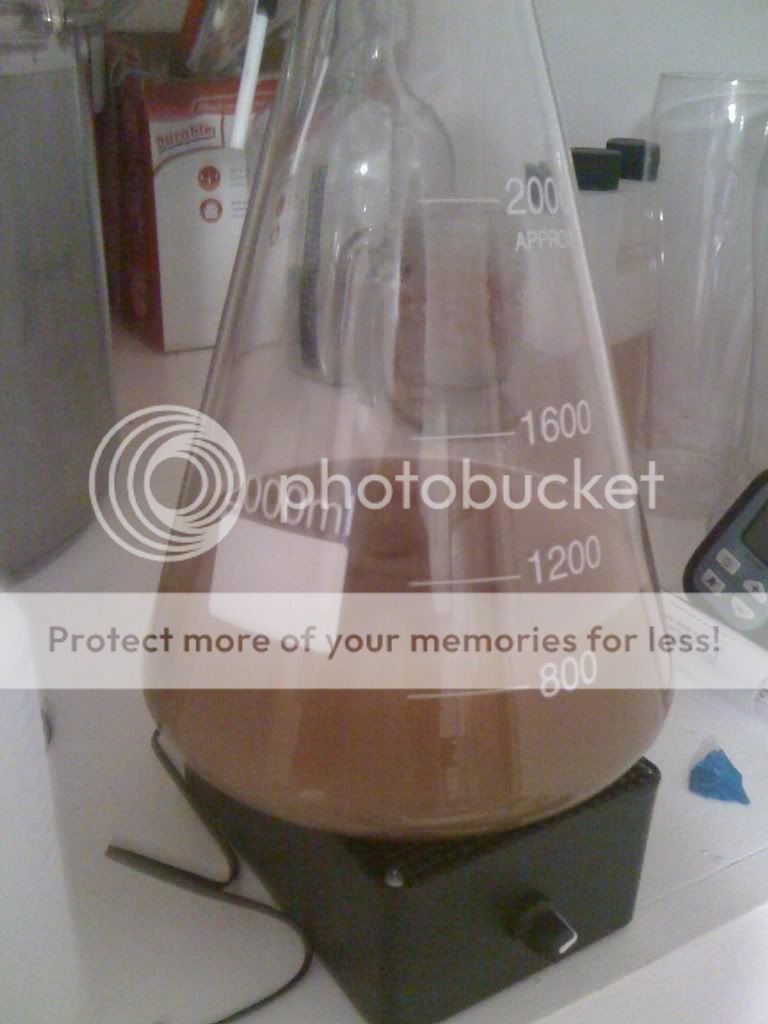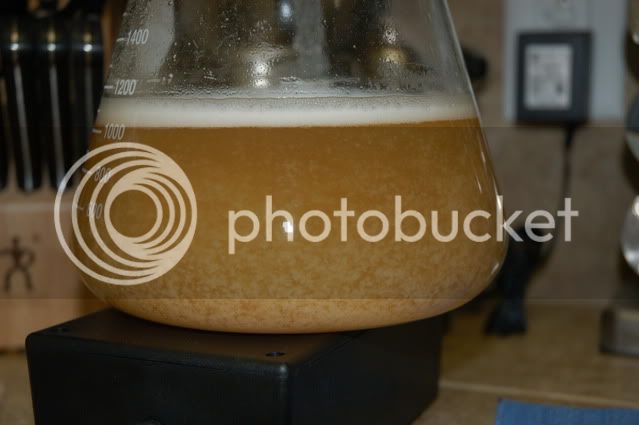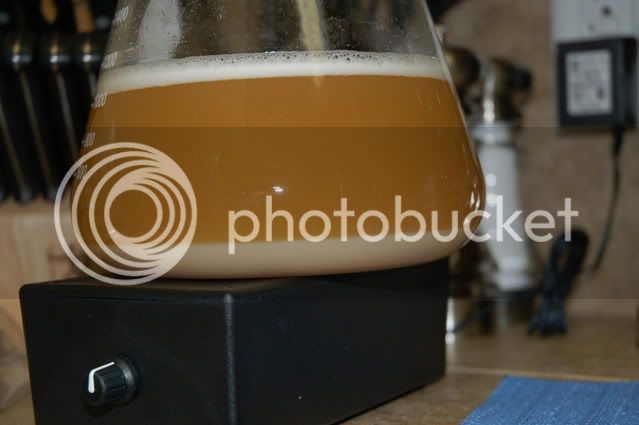TBLbrewer
Well-Known Member
So I got my first stirplated starter going. Is there a differance in how a stirred vs a non stirred starter looks and acts?

We use a stirplate with our starters. We will use a dry yeast with about 500 ml of cooled wort and let it stir for about 20 minutes or as long as it takes to get primary filled up and aerated. From what I have observed the fermentation seems to have taken quicker, providing temp is constant, vs a nonstirred starter. Color and consistancy of the yeast seemed to be the same to me. Our technique is inject with O2 and aerate with drill attachment, then pitch and ours start to ferment usually within 8 hours. This may not be ideal for some people, but it hasn't let us down yet.
I have no experience doing a starter without a stirplate, but with a stirplate you will get foam in the vortex after it kicks in, but no real krausen. You will also notice a creamier, more opaque look to the wort after the yeast kicks in. After it ferments out, the foam in the vortex will generally drop, usually in about 24 hours.


So... 24 hrs on a starter that is stirred. As apposed to the three days that mine used to take.


I am using a stir plate for the first time. I started it on the plate about 14 hours ago and don't see any activity as of yet. I presume that with a stir plate the yeast is in suspension and you don't really see anything until you turn it off and it all drops. Is that correct?
My plan was 24 hours on the stir plate and then 12 hours in the fridge.

Enter your email address to join: